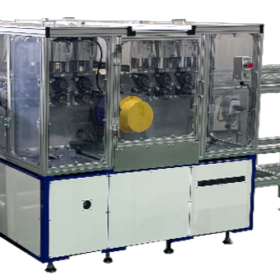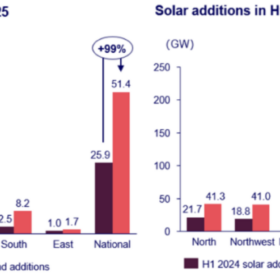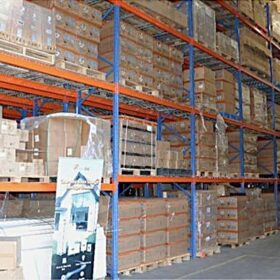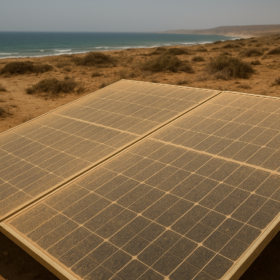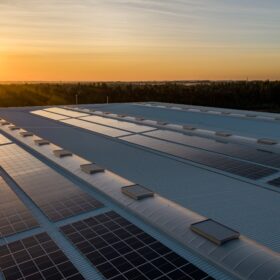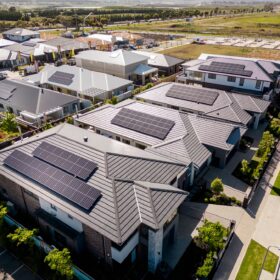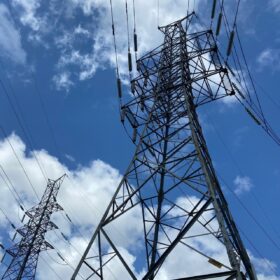US study outlines gains and risks in agrivoltaic solar development
A new National Renewable Energy Laboratory (NREL) report says Massachusetts’ solar-on-farmland policy framework offers lessons for developers navigating both opportunity and regulatory complexity.
Japanese companies partner to establish solar glass recycling scheme
Two Japanese companies have announced a partnership to advance the recycling of solar panel cover glass for application in architectural flat glass production.
China’s new auction system drives steep solar price declines
Wood Mackenzie says first provincial auctions under China’s new pricing rules pushed solar bids up to 32% below settlement, signaling tighter margins and a shift to slower, more sustainable growth.
Energy solutions manufacturer Felicitysolar opens Sydney warehouse
Chinese off-grid and hybrid solar energy storage solutions manufacturer Felicitysolar has established an office and warehouse in Sydney, New South Wales, stocked with its comprehensive range of residential and commercial products.
The impact of dust on PV systems in arid coastal environments
A Saudi–Egyptian research team investigated the effects of four types of dust on photovoltaic panels in arid coastal environments, finding that power losses can reach up to 48%.
AIKO signs 1 GW supply agreement with Australian distributors
Chinese solar manufacturer AIKO has signed a 1 GW supply agreement with Australian distributors and introduced its third generation all back contact Infinite series at All Energy 2025 in Melbourne.
Solar plus storage system to power green hydrogen agriculture project
United States-headquartered large-scale solar systems DC optimiser company Ampt is collaborating with New Zealand-based green hydrogen company Hiringa Energy as part of a low-carbon cotton production operation.
Virtual rooftop solar ownership unlocks solar for renters and apartments
Australian startup SolarCloud has launched a cloud-based model that virtualises rooftop solar ownership, allowing consumers to access a share of existing commercial solar capacity without installation, strata approval or physical infrastructure.
South Korean government developing agrivoltaic legislation
South Korea has announced plans to introduce legislation by 2026 to expand the deployment of agrivoltaics, enabling broader use of solar panels on agricultural land.
New Zealand introduces building consent exemption for rooftop solar
The New Zealand government has brought into force that a building consent is not required to install rooftop solar panels on any building, though conditions apply and installations must comply with the country’s building code.

